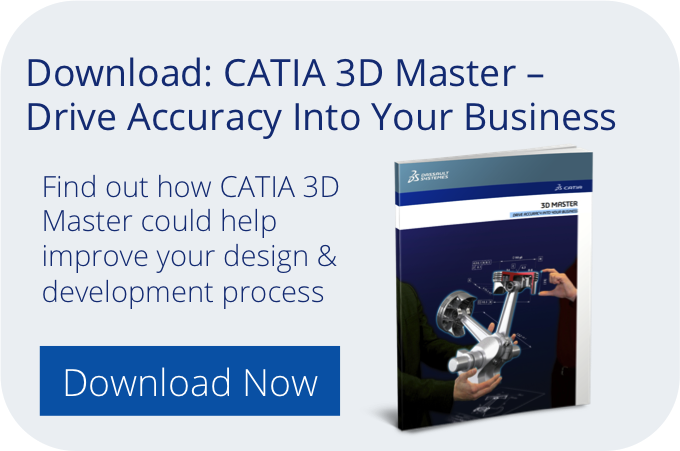 For years, 2D drawings have played a significant part of the design and manufacturing process. They’ve provided vital information on the tolerances and dimensions required for fit and functionality of a part. Yet 2D drawings are struggling to keep up with the pace of design and manufacturing in industry today.
For years, 2D drawings have played a significant part of the design and manufacturing process. They’ve provided vital information on the tolerances and dimensions required for fit and functionality of a part. Yet 2D drawings are struggling to keep up with the pace of design and manufacturing in industry today.
Taking a 3D approach to design and manufacturing is highly effective in helping organisations to stay ahead of competition compared to a 2D approach, providing cost and time savings amongst other significant advantages.
So here’s 3 ways a 3D approach overcomes the challenges of a 2D approach in design and manufacturing.1) Ease of keeping track of a single geometric file
Using a series of 2D drawings to describe a complex 3D object isn’t the most efficient and effective way to design a part. It gets complicated and can lead to misinterpretations of the design in downstream processes. This could then delay the product development process as teams are all trying to get on the same page and understand exactly what the masses of drawings are trying to say.
Yet, 3D design and solid modelling are able to clearly convey and define a 3D part in a single geometric file.
The solid model also has the advantage of verifying the form and functionality of a part before a prototype is built. This helps to increase manufacturing efficiency as designs can be evaluated and product improvements made quickly before the final product is mass-produced.
2) Accuracy and Planes
The importance of 2D drawings has stretched to providing tolerancing and parts lists that are crucial to the manufacturing process.
The problem with these 2D drawings is that all of the planes and features from a 2D view are on top of each other, even if they represent separate ends of a part. This increases the difficulty of producing accurate drawings that show the key features of a part.
However, taking a 3D design approach, for example using the CATIA 3D Master approach, this is no longer an issue as drawings are no longer on top of each other. This means that each key feature of the part is more easily identifiable to assess.
3) Avoid drawings going out of sync
One of the drawbacks of working with multiple 2D drawings is that whenever changes are made to one of them, the entire series can fall out of sync.
For 2D drawings, a solid model, a parts list and the 2D drawings are required in the design and development process. Yet these 3 datasets can fall out of sync when design changes need to be made to one of the datasets. This can delay the development process and potentially reduce time to market.
However, using a 3D approach, working with a single geometrical file means you don’t have to deal with a series of datasets. This helps to improve the efficiency of the process and ensure design changes can be made quickly.
Ultimately, although 2D drawings have been the norm for several years, the development of the 3D approach affords significant advantages that can’t be ignored when companies want to maintain a high level of competitiveness. Using a single geometric file to accurately design and manufacture a part can save companies a lot of time and effort, offering a significant competitive advantage.
Explore more of the benefits of a 3D design approach by downloading the whitepaper ‘CATIA 3D Master – Driving Accuracy into Your Business’.
.png?width=139&height=70&name=DTE-Logo%20(4).png)
